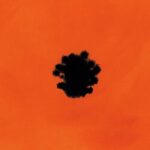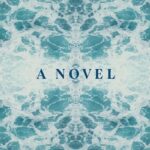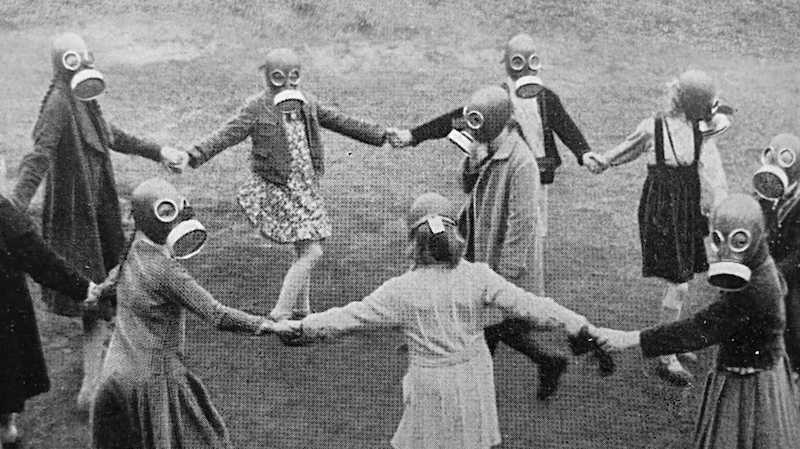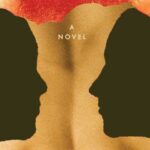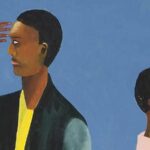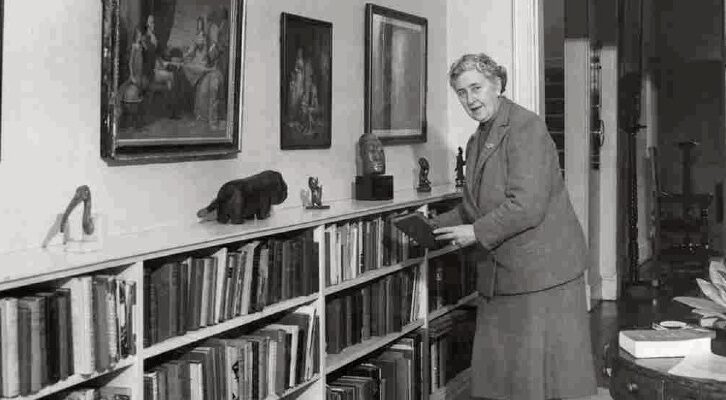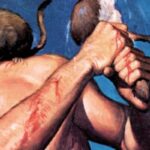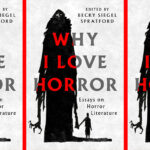Why Don’t I Read All My Books?
Karen Olsson on the Ghosts on Her Shelves
I own a book called Love and Loss: American Portrait and Mourning Miniatures, itself a small object with a haunting image on the cover: a tiny 19th-century portrait of a dead teenage girl. The book came out in 2000, to accompany an exhibition of miniatures at Yale University Art Gallery, and I bought it not long afterward, though I can’t remember precisely when or why. Although I’m sure I meant to read the book, now it seems to me entirely foreseeable that I would not, in the 19 years since then, have so much as skimmed a chapter of Love and Loss: American Portrait and Mourning Miniatures, because it is just the sort of book that I would order and then eagerly leaf through when it arrives and then stick on the shelf and never read.
Doesn’t every bibliophile do this, buy books and fail to read them? Actually no—or so I learned halfway through those 19 years of owning Love and Loss, when I started dating the person I would eventually marry. This man reads every book he acquires. If a friend writes a book, he gets to it as soon as he can; if his father randomly sends him a biography of some musician, he’ll read that; I myself am hesitant to ever give him a book, knowing that it represents an obligation that I would never feel in his place, namely to read the thing from start to finish.
For such a compulsive—er, scrupulous—person, the bookshelves trace a straightforward history of his reading life, one kind of intellectual biography. Meanwhile, living with him, I’ve become conscious of the alternative biography my books represent, a history of stray intentions, youthful aspirations, old interests that have run their course but not quite expired, since there’s always that chance I might decide to learn at last about portrait miniatures, or neuroscience, or the Battle of the Alamo. (Part of the problem is that I’m someone who would genuinely like to know more about those subjects but who reads mostly in bed, at night, and by then I’m less interested in new information than in a bedtime story.) While I’ve amassed plenty of unread novels, it’s the neglected nonfiction volumes, with their weighty titles and untouched pages, that stand out and reflect back at me the younger selves who purchased them.
The most conspicuous of those younger selves is the recent college graduate who moved from the east coast to Texas, where I still live. I was fascinated by this state, fell in love with its outsize characters and narratives. I read a lot about Texas but inevitably bit off more than I could chew. The obsession had its limits. My shelves are still crowded with unread Texas history: I wolfed down Robert Caro’s biographies of Lyndon Johnson but never cracked Robert Dallek’s; I read the first half of Great River, Paul Horgan’s massive book about the Rio Grande, but not the second; and I have spent more than 20 years now meaning to read David Montejano’s Anglos and Mexicans in the Making of Texas 1836-1986. (These books, by the way, all used to cohabit a Texas-themed shelf—until my spouse imposed strict alphabetical order.)
Also present on our shelves are the ghosts of unfinished—or unstarted—writing projects. After the birth of my first kid, when I wasn’t sleeping much, I started work on a screenplay about holographic bees (naturally), and the sight of my unread books about bees triggers a nostalgia of the same general type as, if less intense than, what I feel looking at baby pictures—remember that crazy time, when I was half out of my mind and tried to write something insane?
Perhaps in some cases it has actually meant more to me to possess a book than to read it, because as long as its contents remain unknown to me, it retains its mystery. The unread book is a provocation, a promise of something that might dissipate if I slogged my way through the text. I’ve read a little of Cave, City, and Eagle’s Nest: An Interpretive Journey Through the Mapa de Cuauhtinchan No. 2, a sumptuous art book about a 16th-century pictorial manuscript from Mexico, but the academic papers the book contains could never equal the majesty of the map itself, reproduced in fold-out pages, or its deep suggestiveness. I keep this book around even though I don’t wish to make anything of it in a literal sense—I don’t want to write fiction or nonfiction or a nutty screenplay about a mesoamerican document, but I wish for it to somehow whisper in my ear while I write something not at all about the map, for its enigmatic presence to leave some ineffable trace.
As for the dead young woman picture on the cover of Love and Loss: American Portrait and Mourning Miniatures: I open to the middle of the book and learn that her name was Harriet Mackie, a 17-year-old from Charleston, South Carolina who, just a few days before her wedding, fell ill one night and died the next morning. A rumor persisted that she’d been poisoned, and her story seems to have inspired at least one novel. Perhaps this book, too, stays on my shelf as a source of oblique inspiration. Not so that I can write a mystery novel set in antebellum South Carolina, which I am unlikely to ever do, but because of the Persephone-like figure Mackie represents, not to mention the title itself. Love and loss—what do we write about, if not that?
As I grow older I’ve been chastened, by life and by limited space, into buying fewer books—sadly enough it’s now the “saved for later” section of an Amazon shopping cart that houses my stray intentions, that is to say a zillion novels I haven’t made time for, books in Spanish, math and science books, yet another book of Texas history, tediously interspersed with socks, sleep supplements, and toys. Instead of books not read, products not purchased: how dreary. It’s enough to send me to my local bookstore, though I’ll have to go to the bookcase store first.
________________________________________
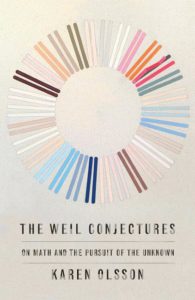
The Weil Conjectures by Karen Olsson is out now via Farrar, Straus & Giroux.



